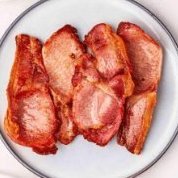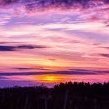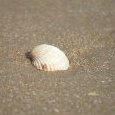Splendid in Si Sa Ket
-
Recently Browsing 0 members
- No registered users viewing this page.
-
Topics
-
-
Popular Contributors
-
-
Latest posts...
-
188
Finance Thailand Tightens Mobile Banking to Curb Scams
There is a solution.. put your own banking limits and change them online when needed.. dual authentication where you get an email code to complete transactions... passwords containing letters, numbers, special characters combined... There is something else hidden in their agenda so buy a safe and tell nobody, and leave the bulk of your funds offshore... -
60
Sunglasses
From my obersavatgions... gucci sunglasses are worn by BBQ+ people. -
167
-
188
-
14
Conscription age for men if WW3 breaks out on UK soil
I initially signed on for 3 years in the British Army ended up staying 22 years best time of my life (and at times worse) though I wouldn't change it taught me a lot, my father grandfather and great grandfather were all navy. I now have one son in the navy and another in the Royal Marines so you could say it runs in the family, I would sign up again tomorrow if I could though I am probably even too old for Dads Army now. I think conscription of some sort should be compulsory right now sooner the better probably between the ages of 18 and 25. Not necessarily part of the regular forces (they dont want them) could be a sort of reserve force set up specifically to train them I would suggest 6 months full time or 2 years part time. That would be just about enough time to teach them the very basics. -
49
Best city after 52 years
Over 20,000thb for short-time! Is that what inflation, etc., has produced in Thailand?
-
-
Popular in The Pub












Recommended Posts
Create an account or sign in to comment
You need to be a member in order to leave a comment
Create an account
Sign up for a new account in our community. It's easy!
Register a new accountSign in
Already have an account? Sign in here.
Sign In Now